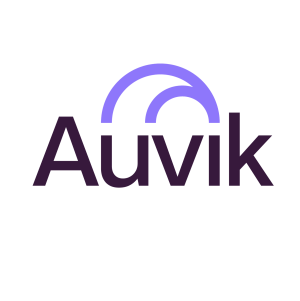The network flow piece is the most useful. We can identify the busiest parts of the network based on the reporting from the switches about what is utilizing the most bandwidth on specific switch ports. I can narrow down which segments of the network might be having issues. Auvik has everything I need in one place. I don't feel like I need other modules to use the product. In the past, we had about five different pieces of software, none of which did anything like what Auvik does. It provides a whole network map breaking down all the connections and ports so that you can drill down. I had nothing like that in the past that let me track everything. It has helped to see the state of my network at any time. I like Auvik's cloud-based solution. I prefer to have a collector that pulls all the information and sends it up to the cloud so that I can access that from basically anywhere. It's all multifactor authentication, so I don't have to worry about people hacking that. At the same time, I also love that I don't have to tie up computing resources here in my data center locally. I like that better than setting up something that collects it on-premises. Then I have to back that up somewhere. It creates a larger overhead to maintain. I love the network visualization because drawing the network out in Visio was becoming almost impossible because of our network's size. The ability to show a dynamic, updated view of our network has been a huge help. I enjoy that because you can drill down into visualization and focus on different segments of your network





